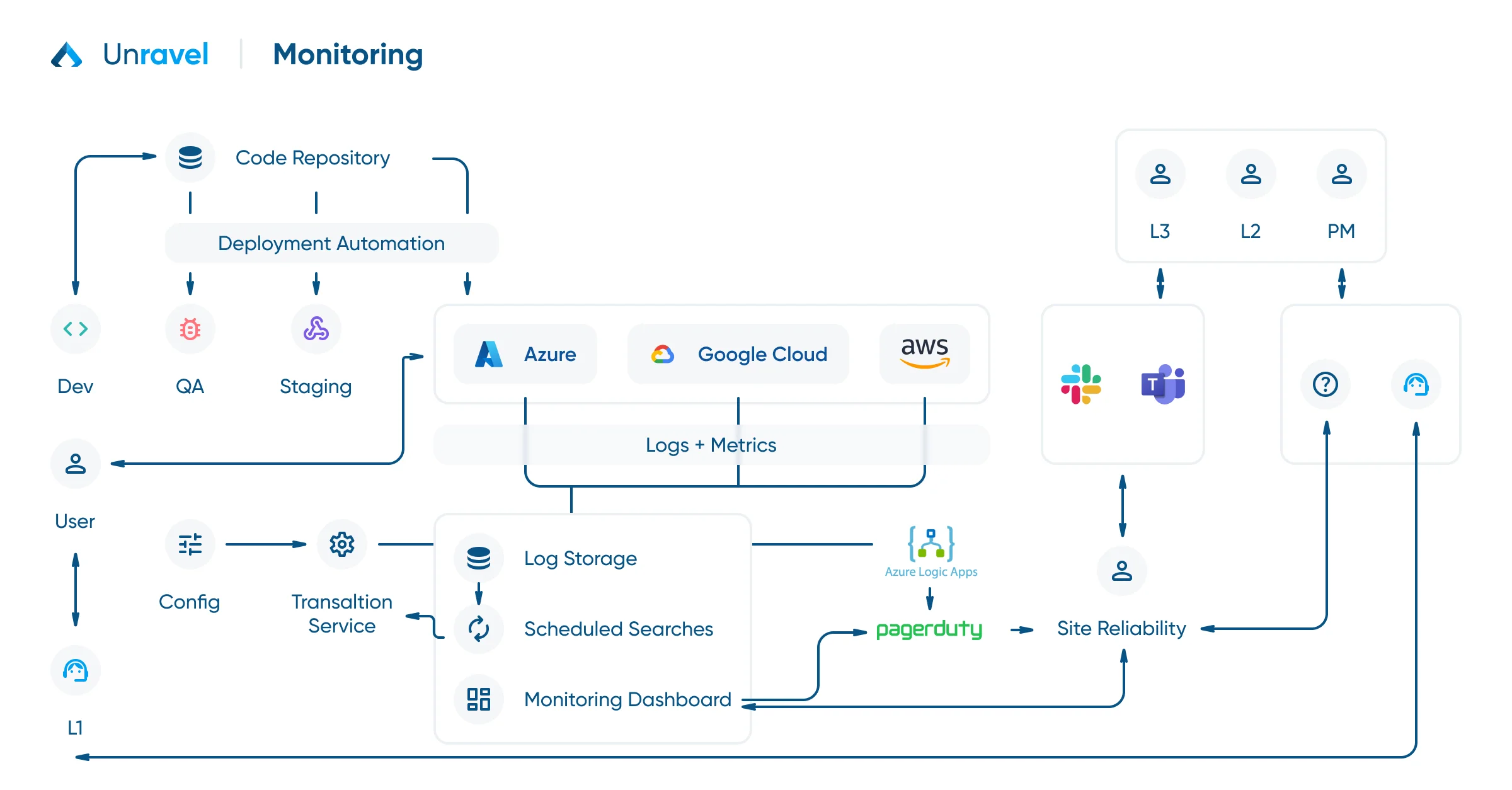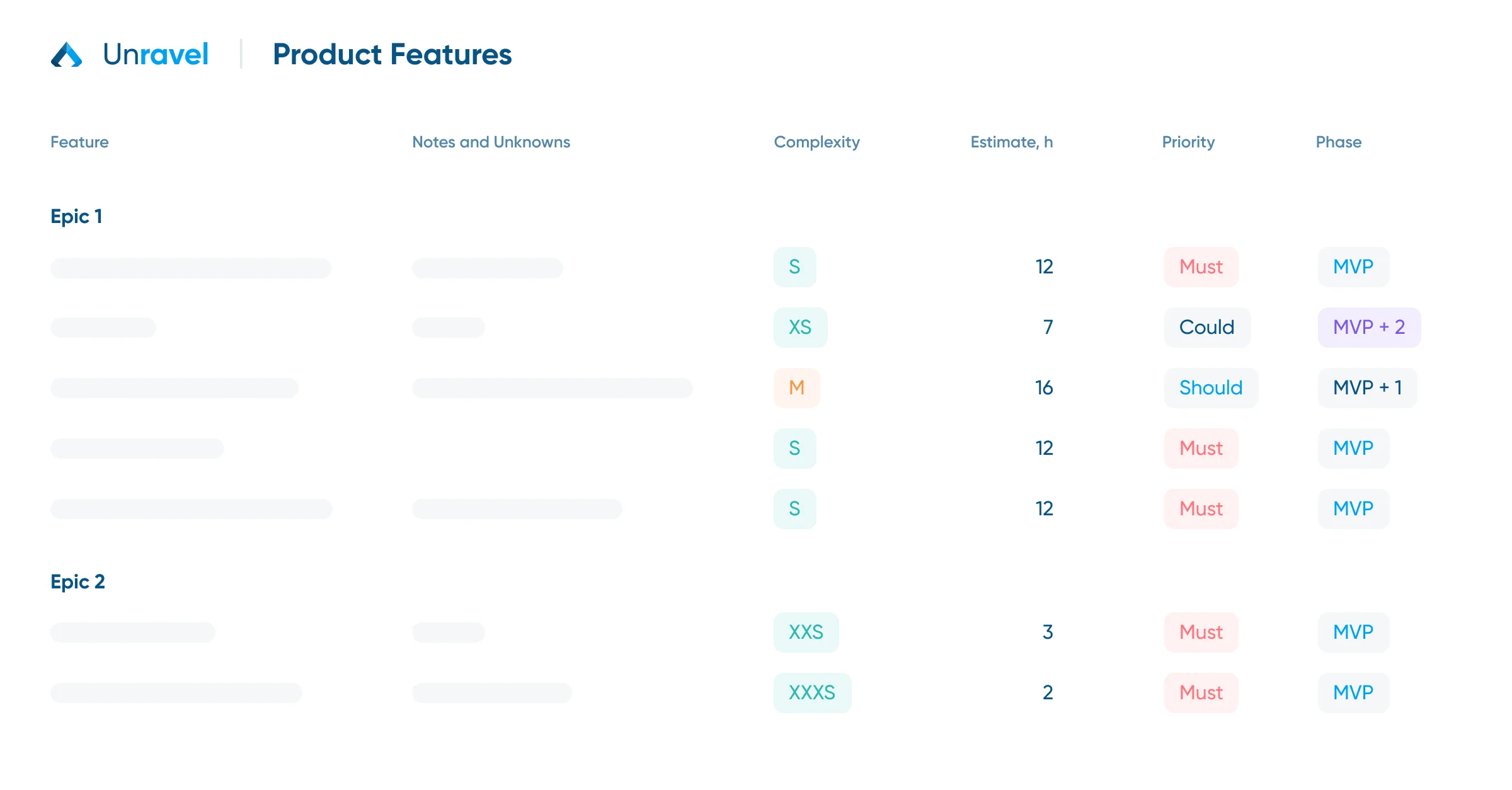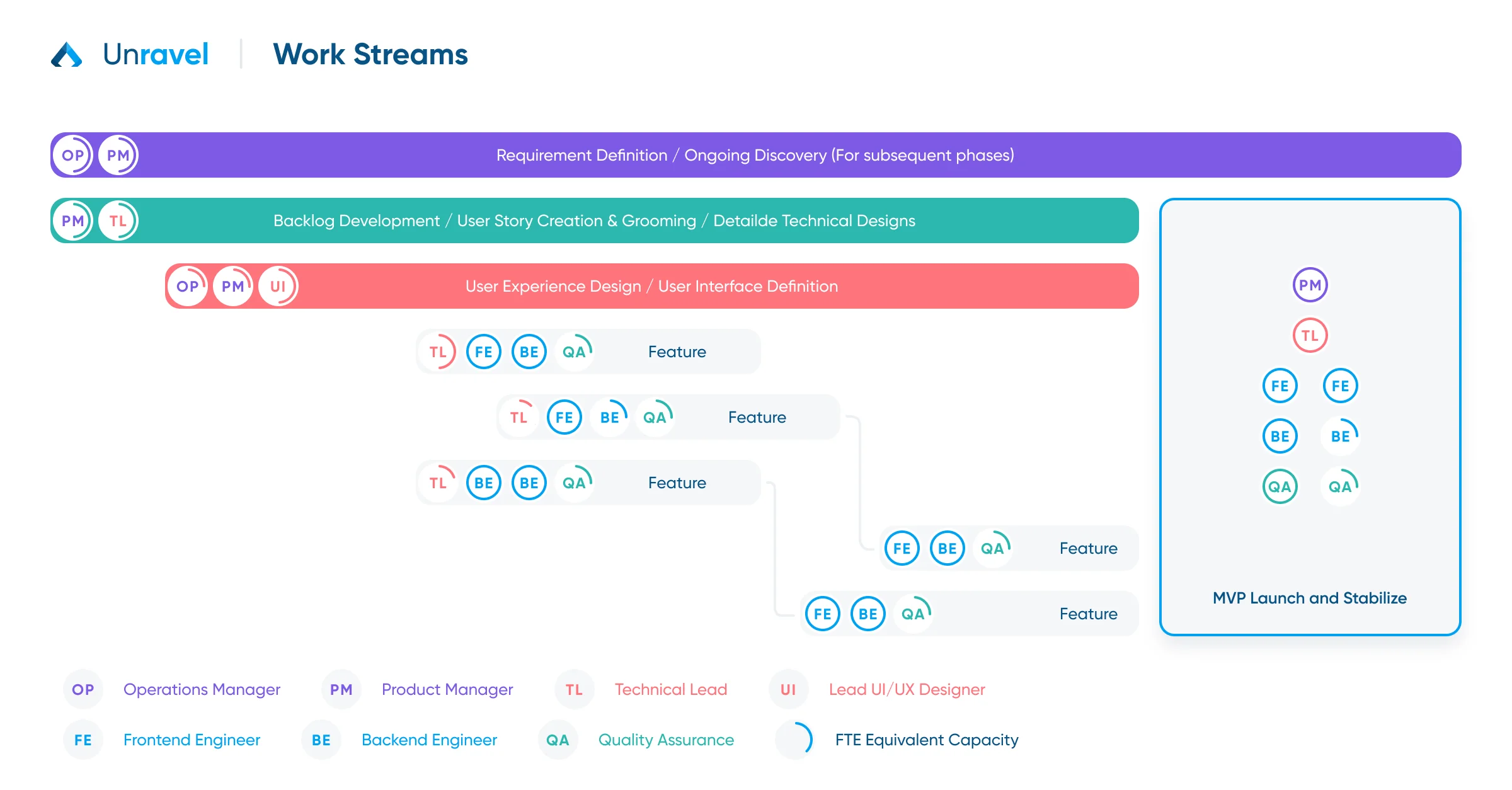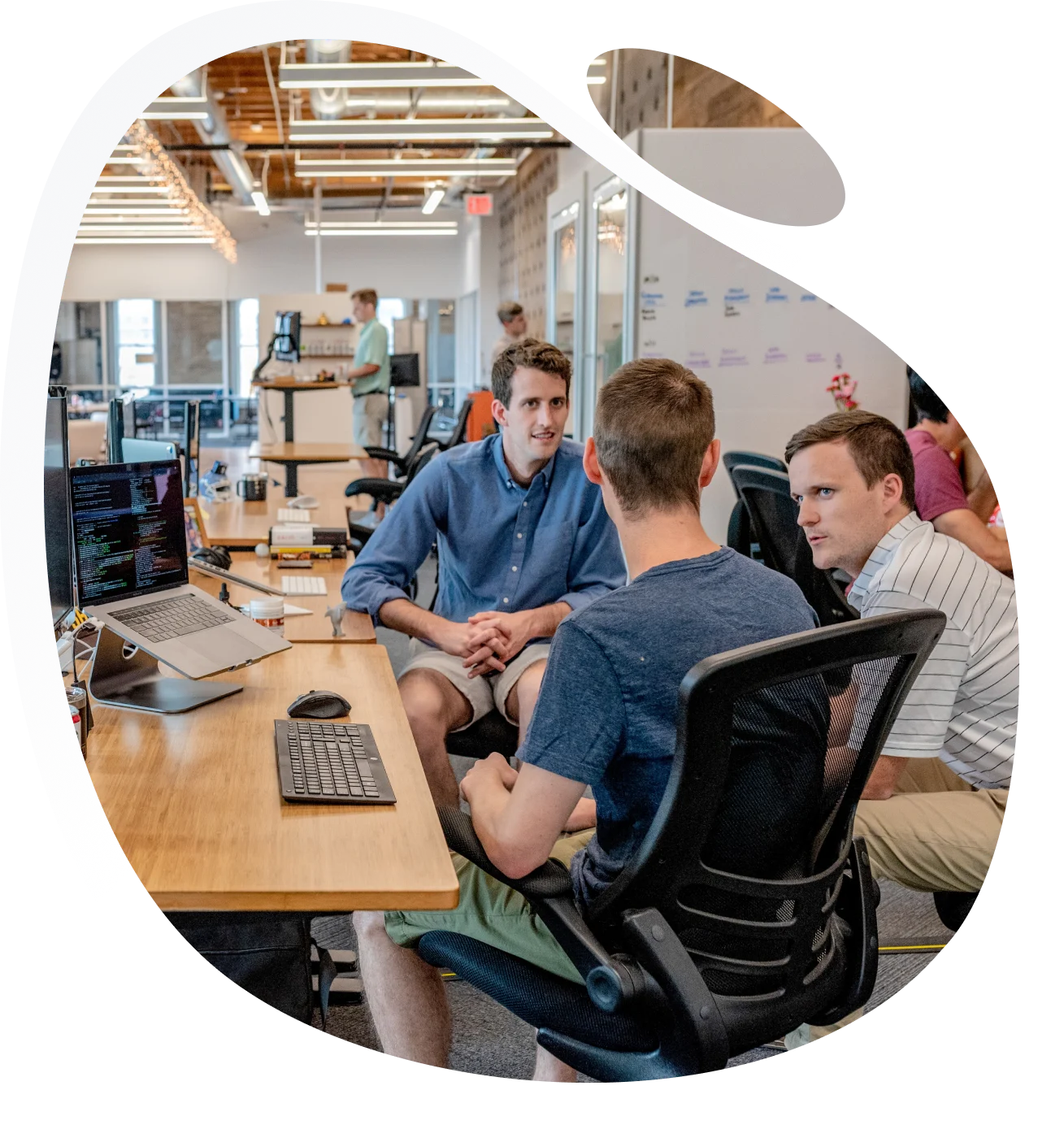We Help Startups
Services
Your company's story is the heart and soul of your brand. It's the foundation upon which your entire business is built, and it's what will inspire customers and employees to believe in your products or services.
Unravel can help you take your story from a bright idea to a launch and investment by providing a set of services that support you throughout the entire lifecycle of your startup. We can help you validate your idea, build a Minimum Viable Product, and test it with potential customers. We can also help you raise money from investors, launch your product, and scale your business.
Your story is the most important thing you have, and we can help you tell it in a way that will inspire people to believe in your vision.
Consulting
Before you lay the foundation and start construction on a house, you need to have a detailed plan. This principle also applies to developing any software. With a well-researched and arti-culated strategy, you establish clear goals and milestones, reduce uncertainty, and mitigate risk to protect your mission objectives.
There is a lot to learn from the story about Disney mentioned in Harvard Business Review. In planning Euro Disney in 1986, the company expected half of the revenue to come from admissions, based on projections that drew on its experience from its other parks. Although Euro Disney had reached its target of 11 million admissions by 1993, it had been forced to drop adult ticket prices drastically. The average spending per visit was far below plan and added to the red ink.
Disney is not alone. Other companies have paid a significant price for pursuing platform-based ventures built on implicit assumptions that turn out to be faulty. Such ventures are usually undertaken without careful up-front identification and validation of those assumptions, which often are unconscious.
A successful plan, on the other hand, starts with understanding the business, the market, and most importantly, the end customer. Understanding and empathizing with what motivates, upsets, and delights current and future customers allows forging products that better solve customer problems and create a greater value for your business.
Consulting Services
- Product features definition, roadmapping, prioritization, and estimation.
- Resourcing strategy and work streams roadmap.
- Market analysis, product market fit, and competitive analysis.
- Architectural analysis/strategy.
- Interaction design and UX.
- Budgeting and financial analysis/strategy.
- Project audit and performance tuning.
- Provider audit and price/estimations negotiation.
- Marketing, sales, and advertising analysis/strategy.

Web and Mobile Development
The internet has drastically changed the landscape of business, and mobile development has played a big role in that change. In the past, if you wanted to start a business, you would need to have a physical storefront or office. Today, with the click of a button, you can launch an online store or create a digital presence for your company. The internet has given rise to a new breed of entrepreneur — the tech startup. Many tech startups begin as small businesses, with a handful of employees working out of a home office or garage.
Technology startups often use web and mobile development to create their products and services. Web development can be used to create a website or web app, while mobile development can be used to create a mobile app. Both disciplines can be used to create a Minimum Viable Product (MVP) or prototype, which can be used to test out a startup's business model and gather feedback from users.
While web and mobile development each have their own unique challenges, they share some commonalities as well. Both require a deep understanding of the latest technologies and trends, and both need to be able to efficiently code and debug their products. In addition, both web and mobile developers need to be able to work closely with other members of the startup team, such as designers, project managers, and marketers.
Web and mobile development are critical for technology startups. With the help of a skilled development team, startups can bring their vision to life, test their ideas, and get feedback from users. By leveraging the latest technologies and trends, startups can create innovative products and services that have the potential to change the world.
Services for Early-Stage Startups
- PoC or MVP development with a well-defined and prioritized features.
- Outstanding landing page built with popular website constructors: webflow, wordpress, wix.
- Fast and breathtaking pace.
Services for Growth-Stage Startups
- Custom software development.
- Reusable, scalable and well maintainable application.
- Transparent and mature processes. Accessible documentation.
- Proven approaches and technologies.
- Performance and stability optimizations.
- Accessibility and animations.
- Logging and multi-language support.
- SEO and content management.
- Cloud computing solutions.
Technologies
Backend










Frontend












Website Builders

Web and Mobile Designs
Imagine walking into a store to buy a product, whether it's a car, a house, clothes, or a TV. What would be the first thing you notice and pay attention to? Look, smell, what else? What can both attract and repel you?
Based on MIT research, 90% of the information transmitted to the brain is visual. The visual aspect is not the most critical parameter for many products but affects sales and first impressions.
It's accurate for the web as well, where the product or advertisements are digital. The way people browse the web today has changed drastically. Users tend to be very demanding about how the application looks, feels and behaves. Therefore, an application should be designed for the specific target audience by considering cultural differences and different platforms, accomplishing reusability and simplicity of implementation.
To implement the tasks and interests of the users, Web Design includes the following processes:
- Design and Architect Web Product applications based on or without product requirements.
- Design Language System.
- Accessibility.
- Prototyping.
- Wireframing.
- User Discovery and Research.
- User Flows.
- Graphic Designs and Illustrations.
- Responsive design and search engine-friendly design.
Technologies and Tools




Examples
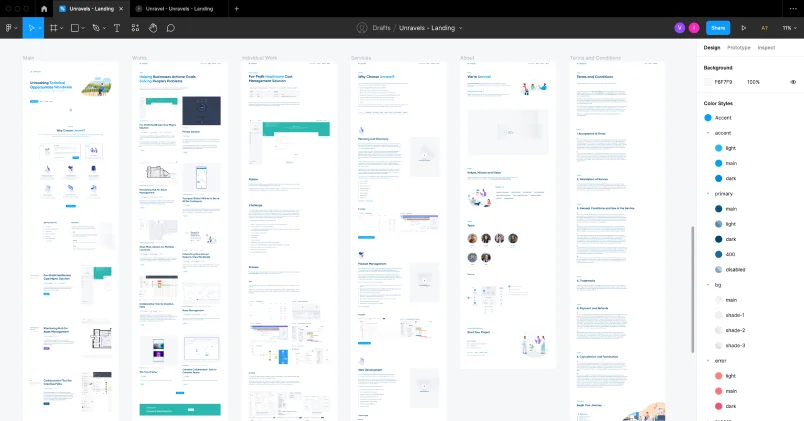
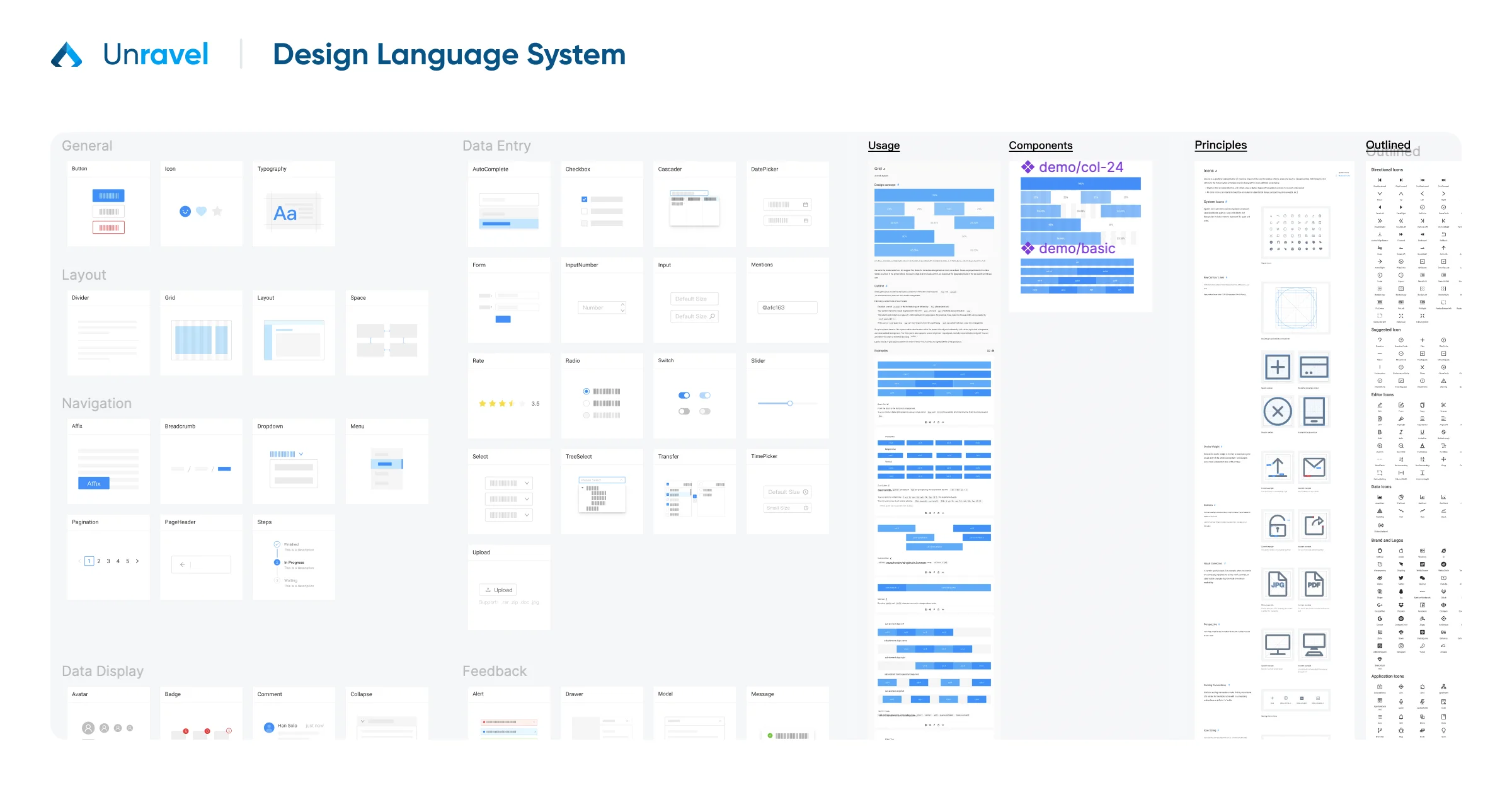

Product Management
Product Management is an organizational function that guides every step of a product's lifecycle — from essential opportunities discovered during the Planning and Discovery phase to development and pricing — by focusing on the product and its customers first and foremost.
You can think of Product Managers as advocates for customers within the organization to produce the best outcome and ensure the market's voice is heard. If we draw an analogy, the Product Manager is the captain of the ship, which carries out the commands of the king and communicates the empire's goals to the Development, Design, and Testing crew.
Product Management functions and responsibilities are:
- Manage from plan to design, production, delivering milestones, testing, development, and support.
- Deliver the operating plan: achieving growth objectives, market share, revenue, profit, and ROI for all the channels/categories of business and key customers.
- Manage and implement marketing activities.
- Be transparent about the prioritization and roadmap processes: scope estimation, analysis, deployments, milestones and feature development.
- Be a ruthless prioritizer while balancing the needs of customers and stakeholders.
- Define and overview business requirements.
- Direct customers, clients, and team communication.
Learn more at Atlassian.
Examples
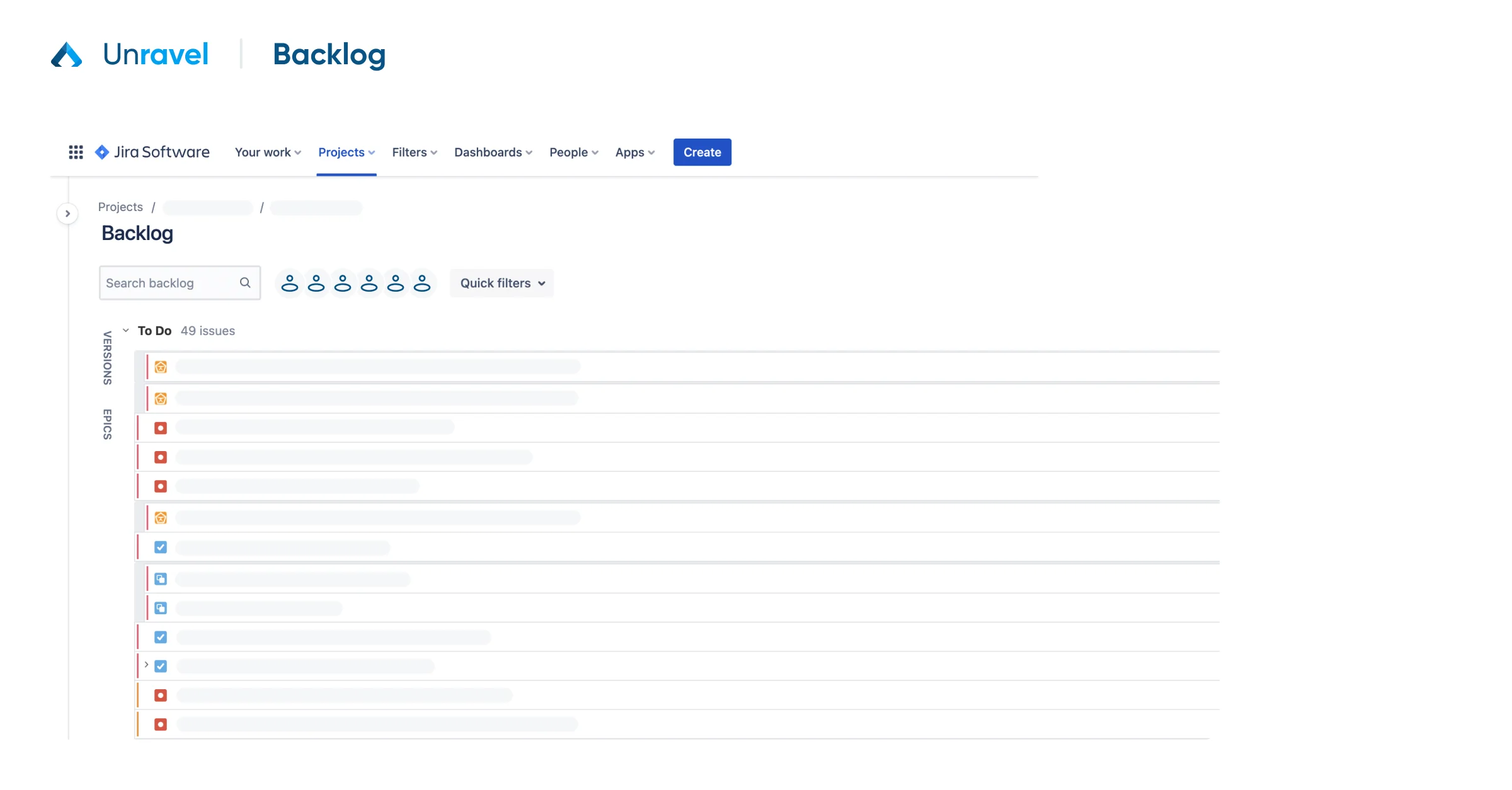
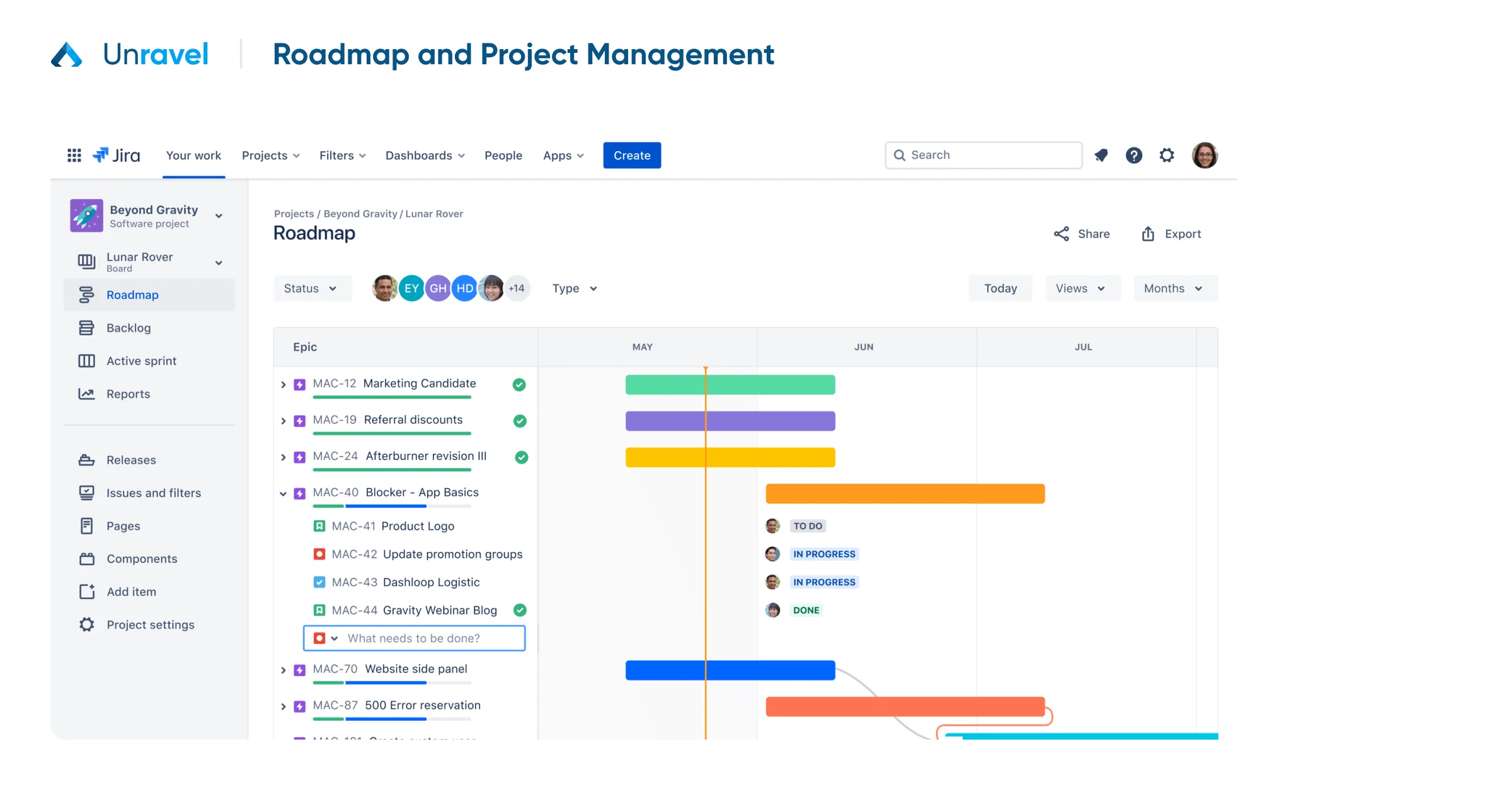

QA and Testing
Before launching an application or a product, you need to ensure that the application works correctly, has correct user and business behavior and that users will not experience difficulties using the application.
We all remember the not-so-famous example of the Samsung Note 7, when the company missed or didn't prioritize a bug with the battery and its overheating. Based on Samsung's public statement, the company lost $17 billion in sales due to recall campaigns.
This resonance could have been avoided if enough time and resources had been devoted to QA and Testing.
How is testing done then?
Application testing is divided into several categories:
- Unit.
- End-to-end.
- Manual.
- Regression.
- Smoke testing.
- Integration.
- Interface testing and pixel perfect.
- Performance and audits.
- Accessibility, SEO audits.
- Compatibility, Usability, and Reliability.
It’s crital to priorite and document an error. For example, visual errors may be a lower priority than an error in business transactions or an error in battery temperature.
Technologies and Tools






Security and Support
Although Security and Support are different categories, they have one thing in common: an application's and business's growth and viability.
In the 21st century, when everyone has access to the Internet, or rather 5 billion users, everyone can both positively and negatively influence a business. Attackers have long since left the streets for the Internet, where they are more likely to remain incognito. It no longer makes sense to rob banks and run away from the police. It's sufficient to steal the key to a crypto wallet or disable financial transactions. If the bank has many branches and one was robbed, then the bank continues to function further, albeit with a lesser reputation. Imagine what happens if you disable the centralization of financial management. Thus, digital security is critical for any growing businesses.
The second fundamental aspect of company growth is supporting the core of your business: your users and customers.
It may seem that the ideal product will be in demand either way, but the user experience when interacting with your business plays a vital role in the customer lifecycle. There are many examples where good product and customer support lead to new customers and opportunities; when the money that customers spend throughout the customer lifecycle exceeds the initial cost of the product.
Examples
